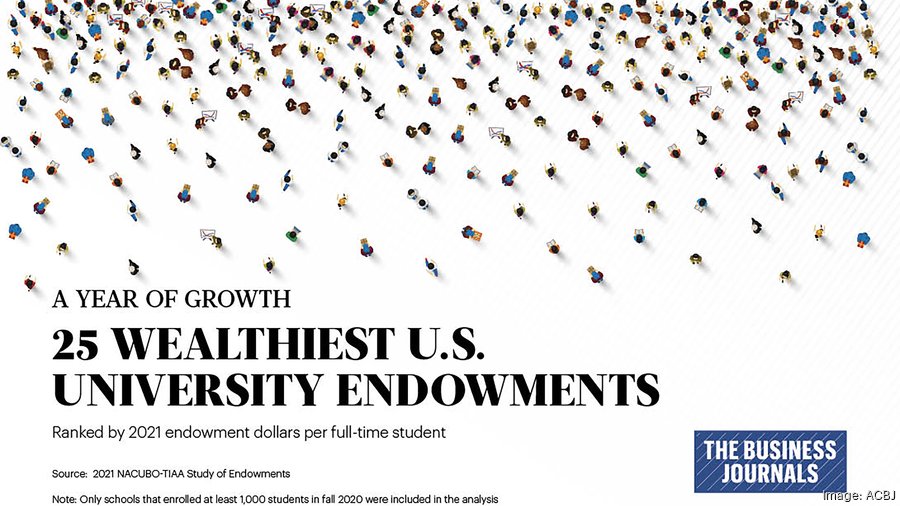There’s something unusual going on in university endowment portfolios right now.
Typically, in the contest between stocks and bonds for endowment money, stocks tend to look better during high inflation periods because the companies they represent can simply pass inflation on to customers, said John Griffith, endowment specialist at Hirtle Callaghan & Co. Griffith is also the former CFO of Bryn Mawr College in Pennsylvania.
But as inflation rockets upward in recent months — reaching 8.6% from May 2021 to May 2022, according to the U.S. Bureau of Labor Statistics — volatility in the stock market has gone up with it, making those assets less attractive in the short term.
Conversely, bonds have gotten more desirable as rising interest rates have outpaced the long-term expectations for inflation for the first time in a long time, Griffith said. That means bonds will produce what is expected to be a positive inflation-adjusted return for the universities that own them as inflation settles down, he said.
“The problem is the transition from high inflation back to low inflation, and how does the market respond,” Griffith said. “It just causes so much volatility. To say you’re better off in stocks is true if you have a very long perspective, but from a short term perspective, you’ve got to live with a lot of volatility.”
The issue is a human one. Administrators overseeing university endowments don’t like to see volatility in their equity portfolios, and the more turbulence in the market, the more likely they are to make mistakes, Griffith said.
“When we’re working with clients, we’re always concerned about two things. One is, what do we think fits best in the market? Two is, do we think our client can withstand that level of risk?” Griffith said. “A lot of places may have the ability to take risk, but the problem is that in these high-volatility, high-inflation times, boards get worried and may sell stocks at the wrong time.”
Most university endowments have also kept some amount of their assets in cash. When inflation was at something like 2%, that’s not a huge problem, but the 8.6% inflation rate from May 2021 to May 2022 represents a huge destruction of value for the cash portions of endowments, said Griffith.
The big picture
Some institutions, especially those that already had the most money, have been able to draw in huge endowment increases even amid the financial turbulence of the Covid-19 pandemic. Nashville, Tennessee’s Vanderbilt University, for instance, grew its endowment from $6.9 billion to $10.9 billion in the yearlong period leading up to June 30, 2021, according to its annual financial report. The University of Chicago’s endowment grew from $7.1 billion to $9.5 billion during the same period.
Vanderbilt and the University of Chicago had the 15th and 14th largest endowments in the U.S., respectively, as of the start of their 2021 fiscal years.
Schools like that whose endowments increased significantly get access to more funds to help cover the gap created in the balance sheet by inflation. Especially at schools with massive endowments, they can increase their proportional endowment distribution by a fraction of a percent to help smooth over the rough patch.
“A lot of them spend traditionally at pretty low rates from their endowment,” Griffith said. “Larger, well endowed organizations often have the ability to raise how much they take out of the endowment at difficult times.”
Of course, the vast majority of schools don’t have the endowment capacity to easily correct for inflation: There’s a stark divide between the wealthiest schools and all the rest. As of the start of fiscal year 2021, the 15 largest endowments among private, nonprofit universities owned about half of all the value in private, nonprofit endowments across the U.S., according to data from the Department of Education.







